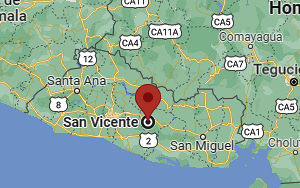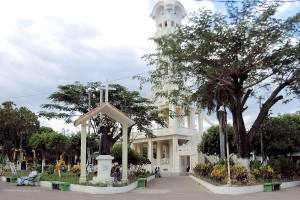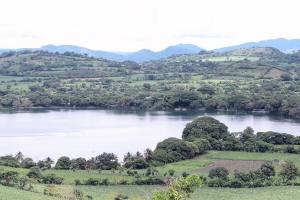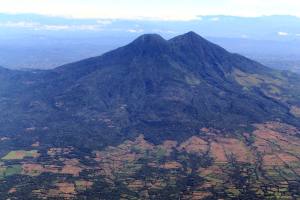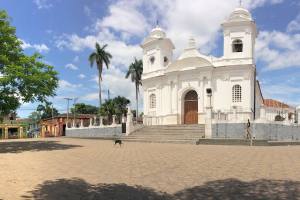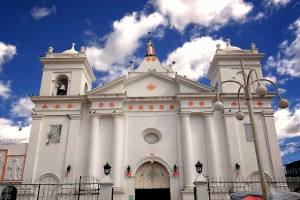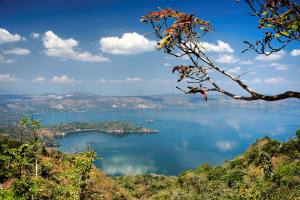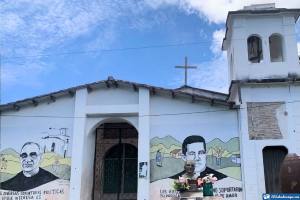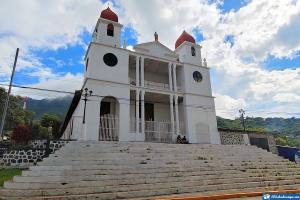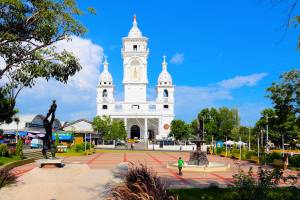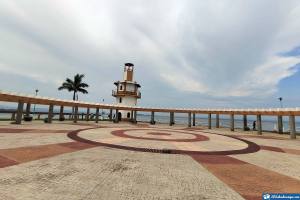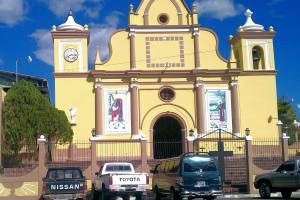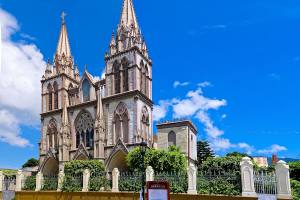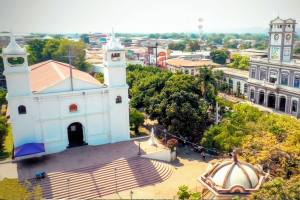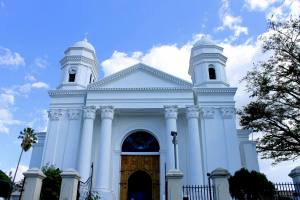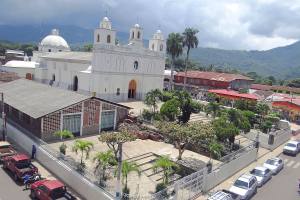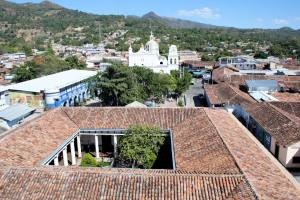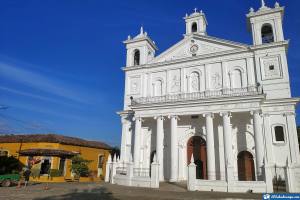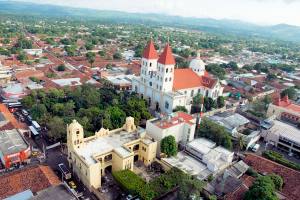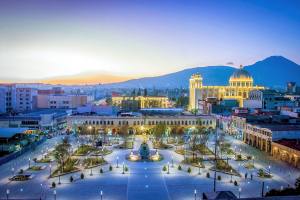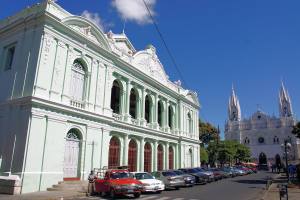When visiting El Salvador, you can not miss San Vicente Department, a region full of traditions, beautiful places, and landscapes that attract visitors, making it a local and international tourist reference point.
Know all this, so you do not stop visiting this beautiful department of El Salvador.
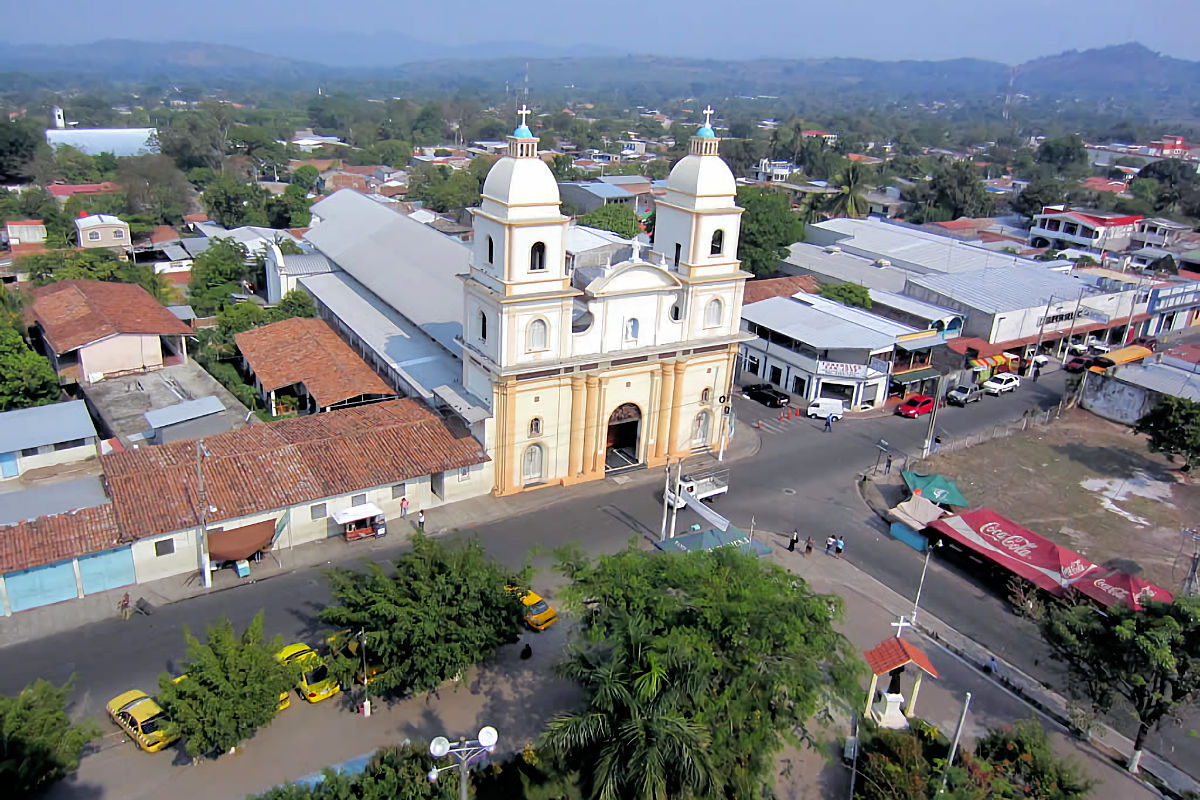
SAN VICENTE DEPARTMENT - Departments of El Salvador. Photo by David Stanley. Flickr.
Data from San Vicente Department
| Country: | El Salvador |
|---|---|
| Category: | Departments |
| Elevation: | 161m |
| Surface: | 1184 km² |
| Population: | 35 205 hab. |
| Recognized as: | The City of Cumbia |
What to see and do in San Vicente Department
In San Vicente Department, natural places such as the San Vicente Volcano and its religious monuments stand out for their beauty. The Cerro Santa Rita and the tremendous forest La Joya, large plant lungs of a great attraction, immerse us in an extraordinary environment.
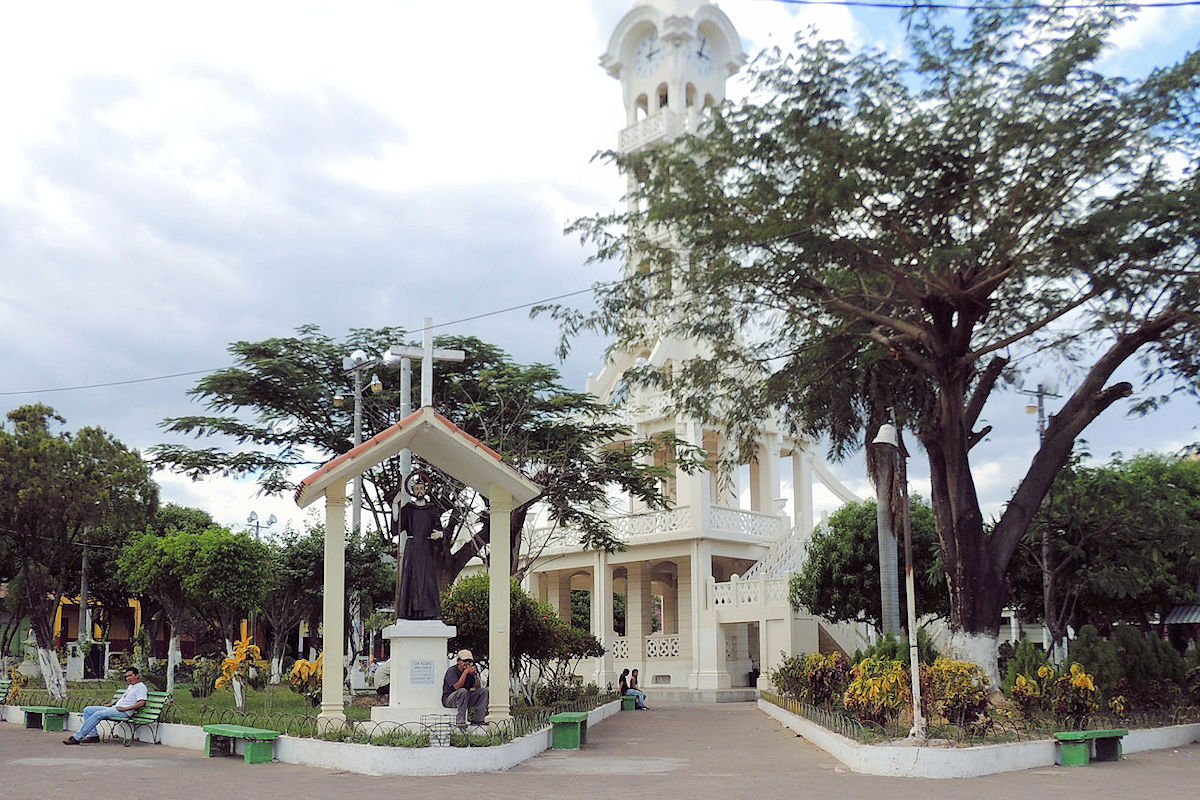
And to complete the visit, we can not fail to taste the delicious Vincentian cuisine and accompany the neighbors in their religious festivals to share the enthusiasm felt in San Vicente Department.
Monuments and sites of interest
San Vicente is the head or capital of the department with the same name; it is also trendy for being the city of cumbia and is located almost 52 kilometers from the capital of the country, San Salvador.
It is so important that it was the capital of the Republic between 1834 and 1840.
The most significant buildings of the San Vicente Department are among its streets and squares, such as the Torre Vicentina, located in Central Park, whose top is close to the clock of San Vicente. Work done in 1928.
In front is the beautiful Cathedral that took to the category of Diocese.
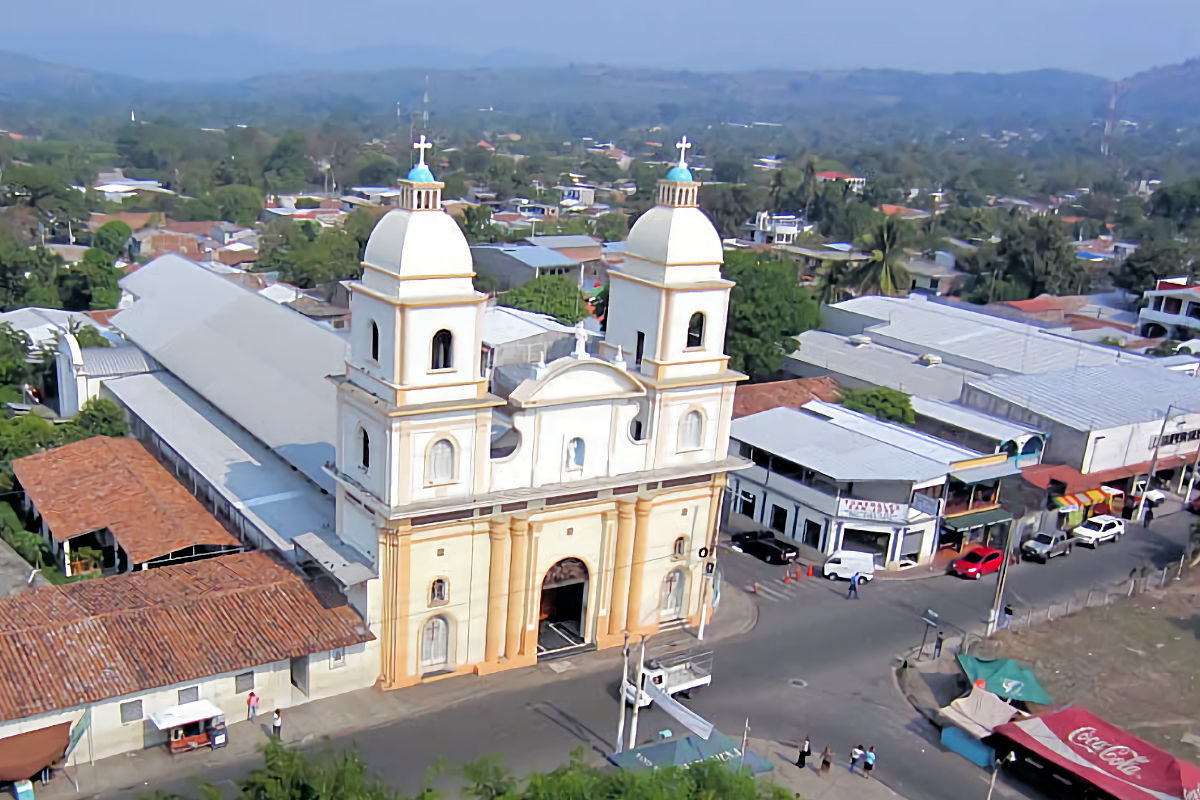
Another of the monuments that you can not miss is the Church of Nuestra Señora del Pilar, a magnificent temple that has been inviting us to prayer since 1760. It has an elegant baroque style, and behind its construction, there is a very curious history.
Other attractive places you should visit
It is indisputable all the natural beauty that San Vicente offers us. You can not miss the Chichontepec Volcano, or “Cerro de las dos tetas” as it is popularly known, which you can climb and get spectacular views.
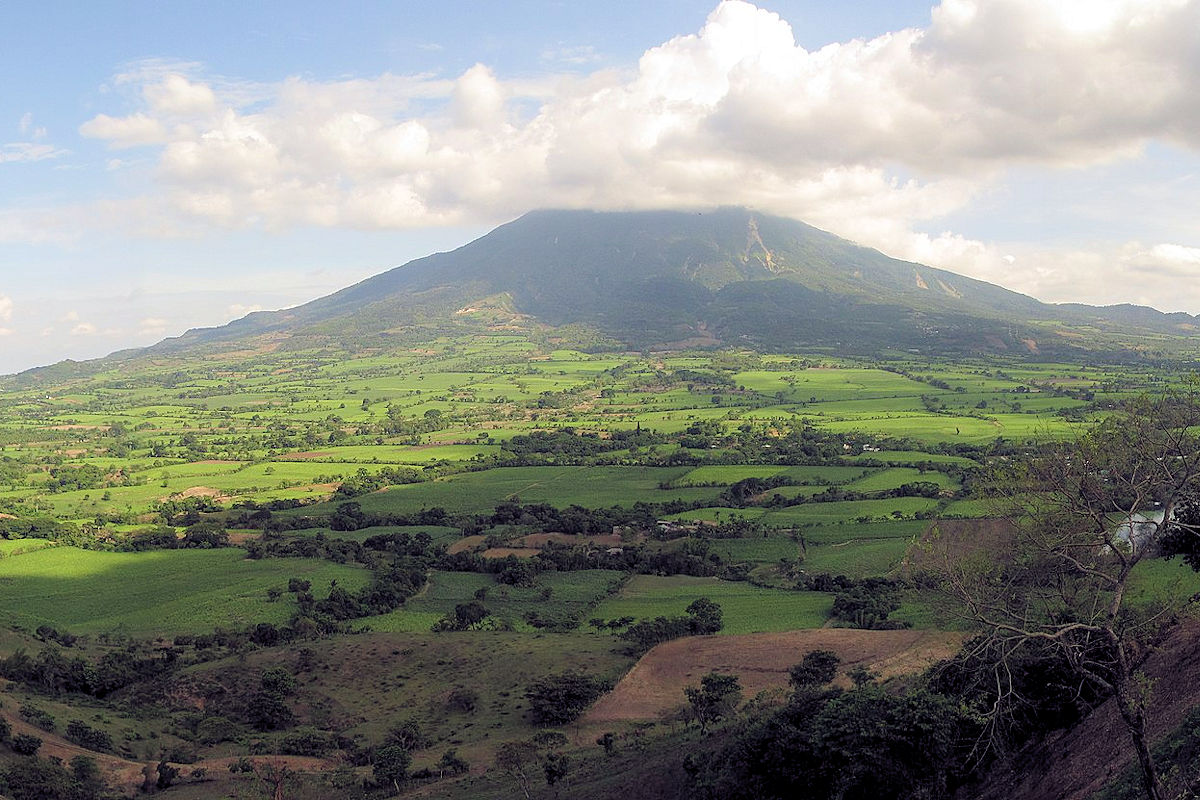
Besides, the capital of Vicentina offers you the possibility of enjoying the waters that fill the pools of the Amapulapa Tourist Center in the middle of nature.
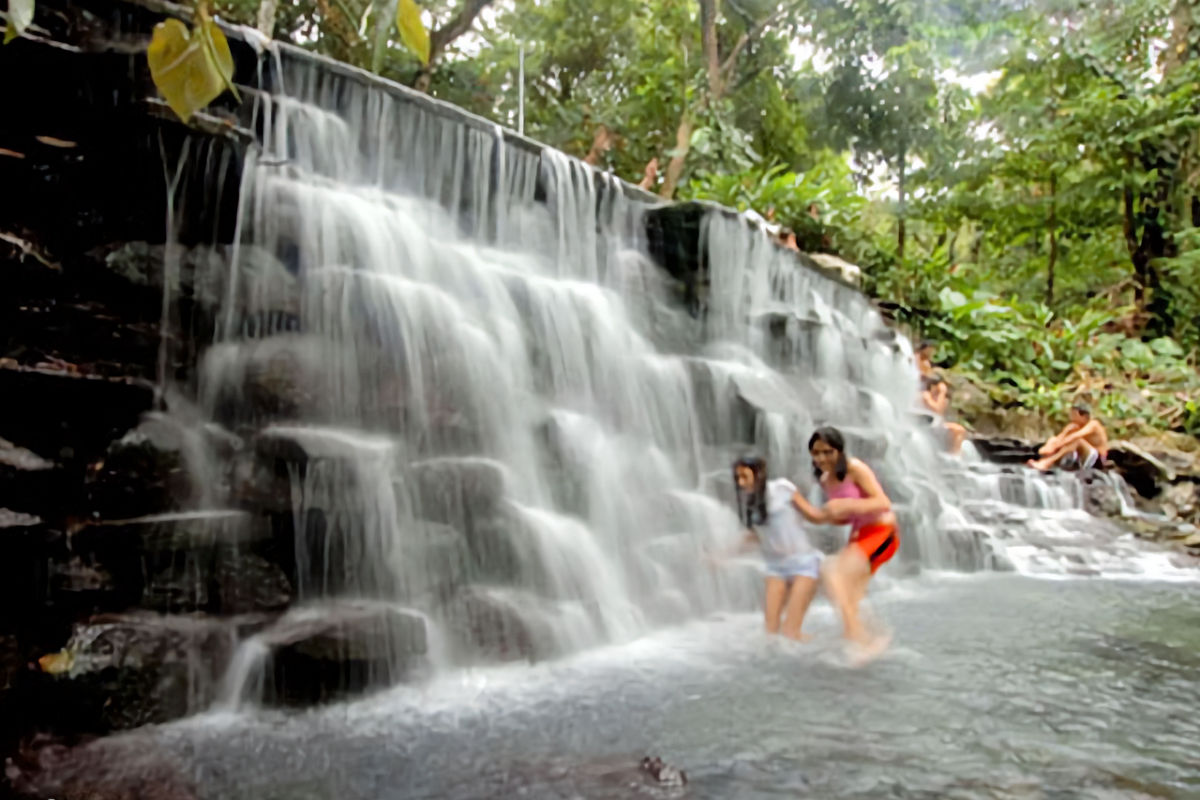
On the other hand, you will have a relaxing walk when you go to the Apastepeque Lagoon, of volcanic origin. In this place, you can taste the rich gastronomy of the town in its various restaurants overlooking the lake.
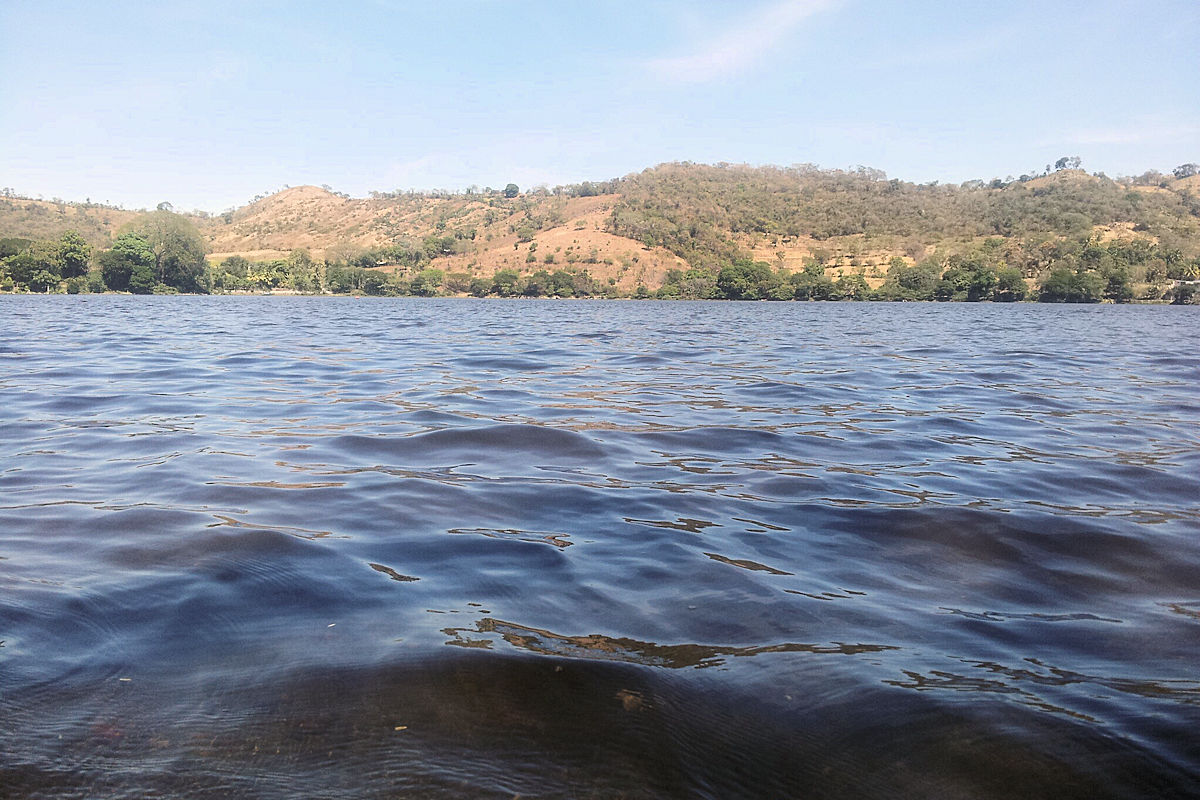
Destinations near San Vicente that you can visit
The San Vicente Department hides great places and picturesque corners for you to fill yourself with the fabulous Salvadoran culture.
Nine kilometers from San Vicente is Verapaz, a wonderful village where you can access the hot springs known as Los Infiernillos, which have healing powers. In addition, taking the Ruta de las Moliendas will appreciate the process of making panela candy.
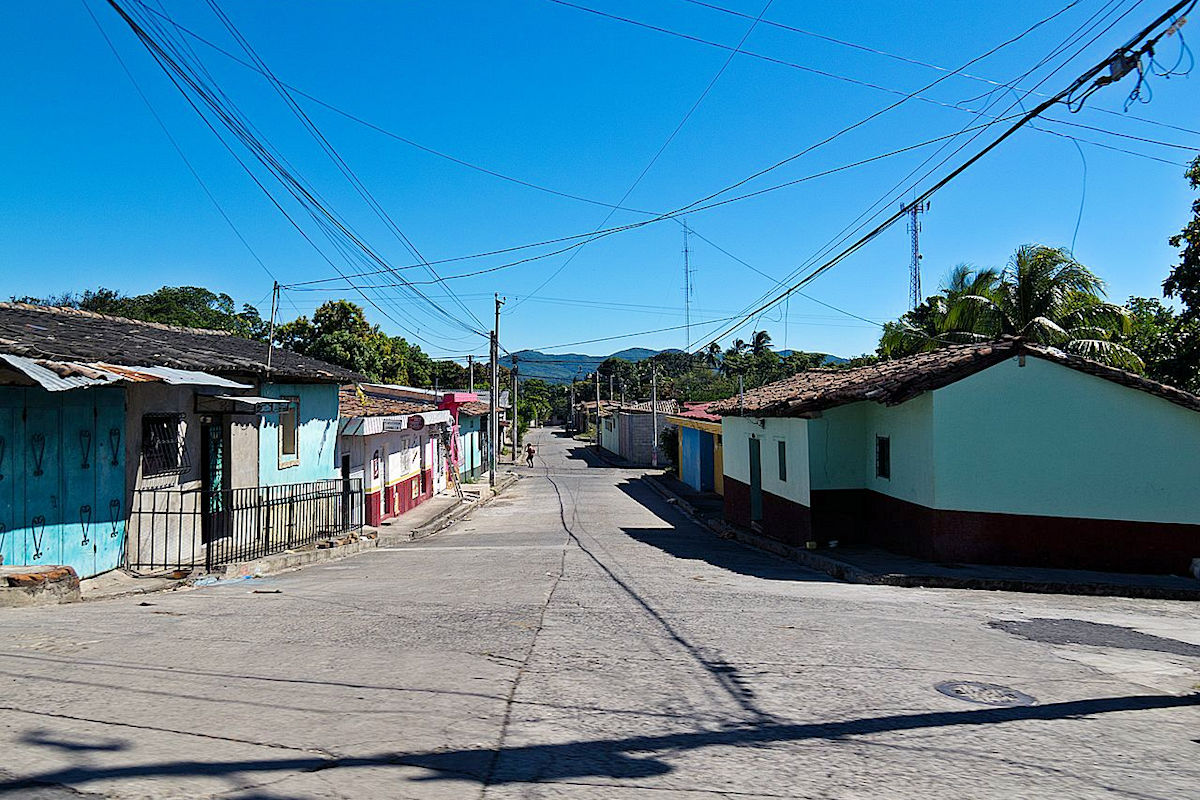
Another alternative is to visit Tecoluca, with its cobblestone streets and great coffee plantations.
A trendy destination for tourists is San Sebastián, with a tremendous national and international reputation for its textiles and handicrafts, especially hammocks, tablecloths, and some clothing.
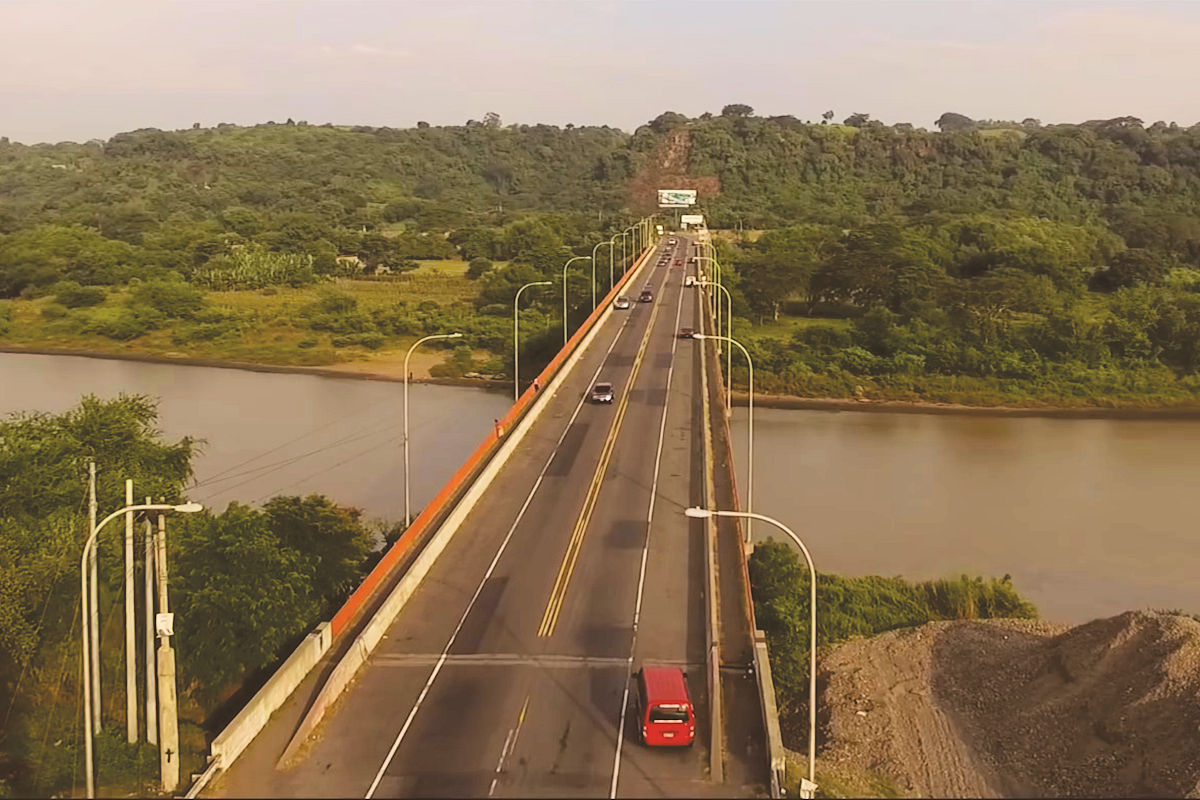
Now, if you appreciate nature and want to know the banks of the Lempa River, we suggest you travel for 38 minutes to the Cuscatlán bridge and live the experience of passing through this road, the longest in El Salvador.
History of San Vicente Department
The history of this Salvadoran department begins perhaps in the year 1635, when a group of Spaniards, mestizos, and blacks were forced to settle in a new location, so they founded San Vicente de Lorenzana.

When it was granted the title of a villa in 1658, it changed its name to San Vicente de Austria.
By 1740, the Spaniards and many Creole elite resided in the town. They were considered an important center of the production and commercialization of indigo.
By 1824, created the San Vicente department and its respective capital. By 1834 it was declared the nation’s capital until 1839. By 1890 it was already established as a department with its capital.
Geography and Municipalities of San Vicente Department
San Vicente Department is in the country’s central zone, with an extension of 1184 square kilometers, including urban, rural, and some uninhabited areas.
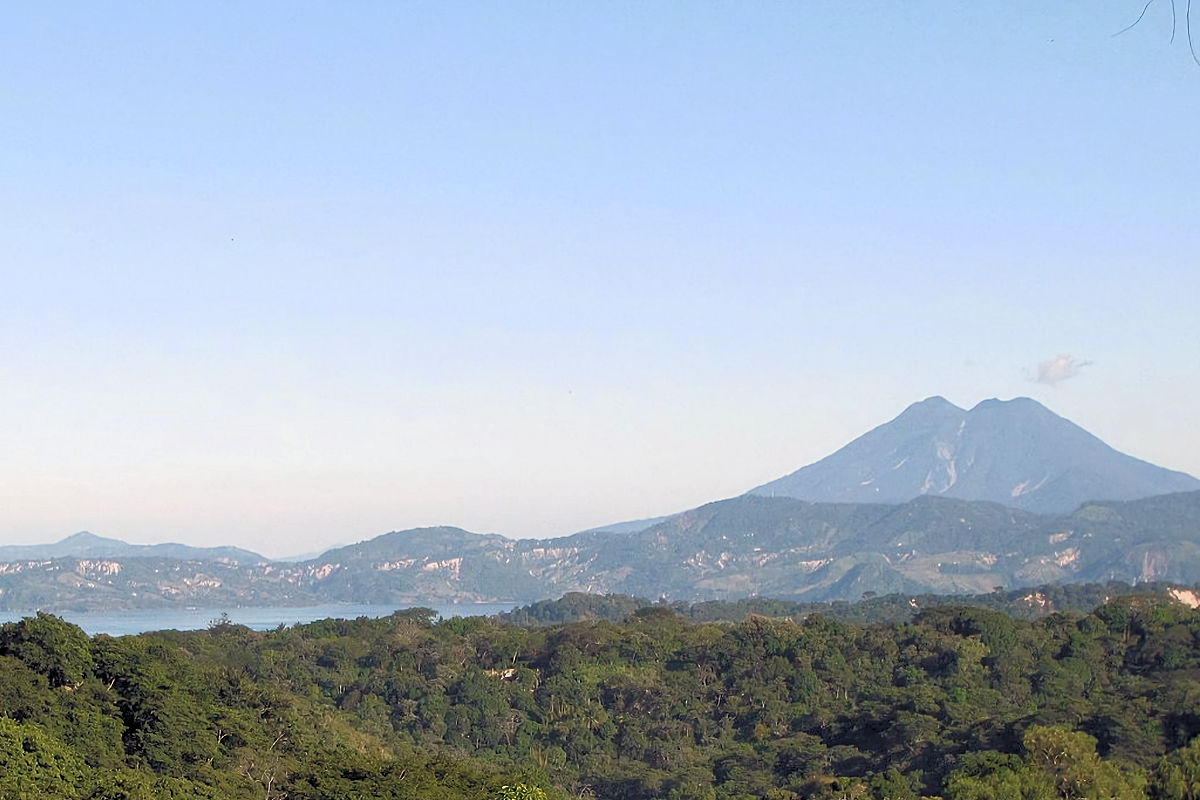
Bordered to the north by the department of Cabañas, to the east by the department of Usulután, and has the Lempa River as a natural border; to the west, it borders the department of La Paz, while to the south, it borders the Pacific Ocean.
It is one of the least inhabited Salvadoran states, having an average of just over 230,000 inhabitants.
Its capital, San Vicente, is 52 kilometers away from the nation’s capital San Salvador, with an altitude of 390 meters above sea level.
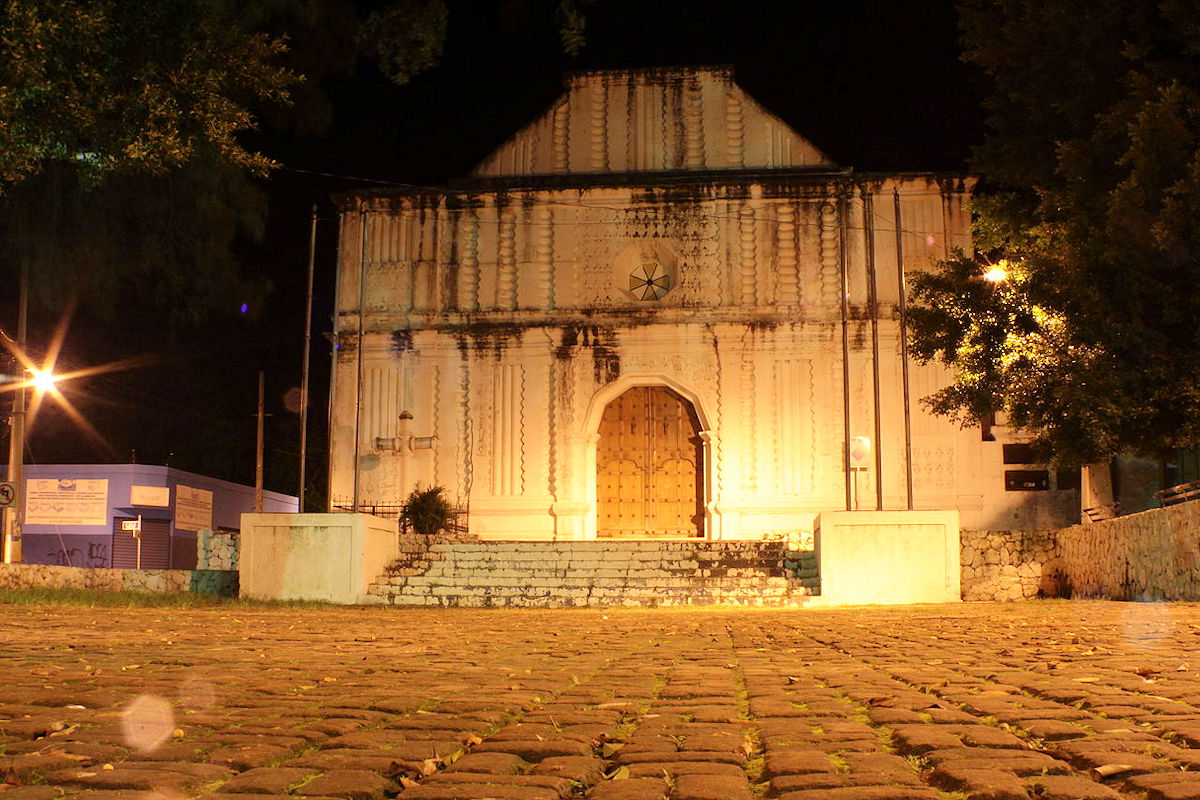
The entire territory of the San Vicente Department presents uneven terrain, as we observe to the south, with its vast plains, while to the north is the volcanic chain, very characteristic of this small Central American country.
Likewise, many streams cross it, and the Chinchontepec Volcano is at its highest peak.
For better administrative control, it is divided into 13 municipalities:
- Apastepeque
- Guadalupe
- San Cayetano Istepeque
- San Esteban Catarina
- San Ildefonso
- San Lorenzo
- San Sebastian
- San Vicente
- Santa Clara
- Santo Domingo
- Tecoluca
- Tepetitán
- Verapaz
Each municipality has its particular charm; for example, in Guadalupe, it is recommended to visit the Cerro El Cimarrón, while in San Ildefonso you will enjoy walks on the Lempa and Tiziguapa rivers.
But if you go to San Lorenzo, you will love the stores where they sell native wood crafts and their textile products. In Santa Clara, you will fall in love with the colonial and quiet air of its streets, with houses full of trees.
Climate, flora and fauna
We must remember that the San Vicente Department enjoys two seasons: winter and summer. During almost all of the year, the weather is hot. However, between February and May, the most desirable weather occurs with temperatures of up to 31 ° C.
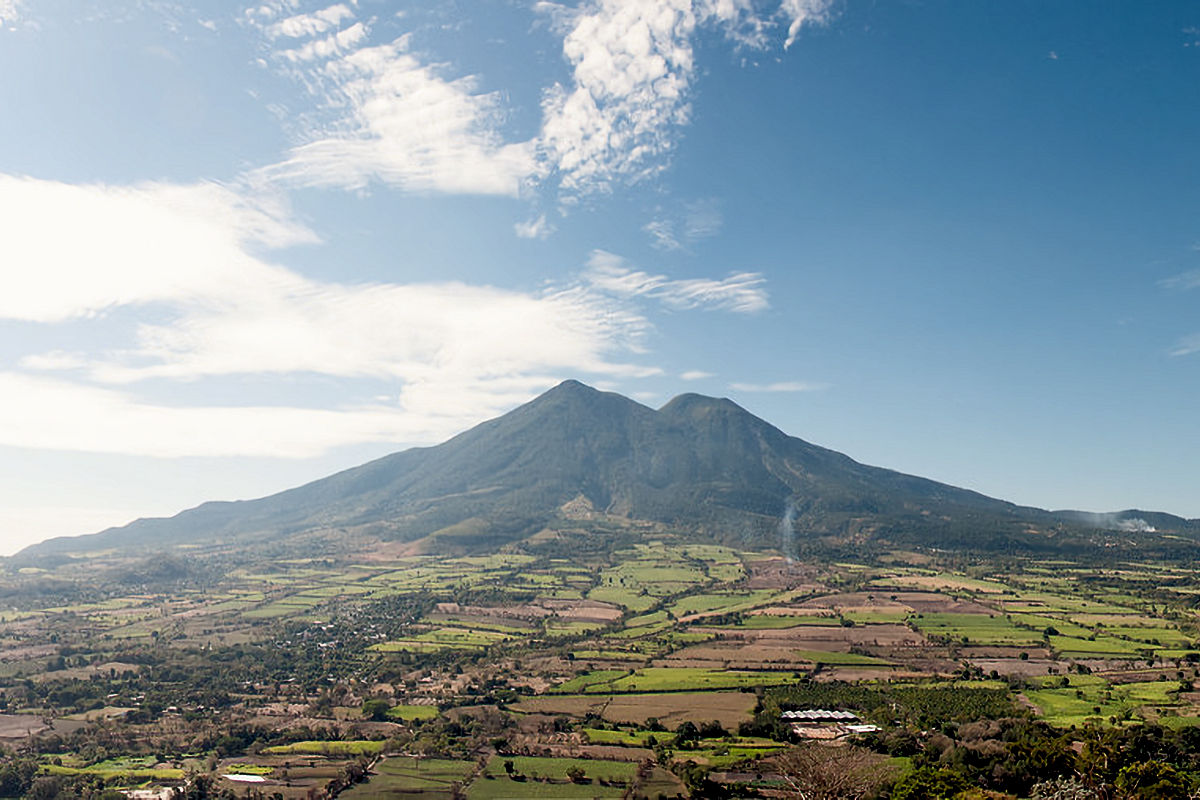
The most fantastic month corresponds to October, with a minimum temperature of 20 ° C, so it is recommended that tourists who wish to visit these beautiful places of the San Vicente Department do so between December to February.
In the forests that have formed on the slopes of the Volcano, we can see the presence of ferns. Also motivated by the fact of small streams and springs that provide moisture to the environment.
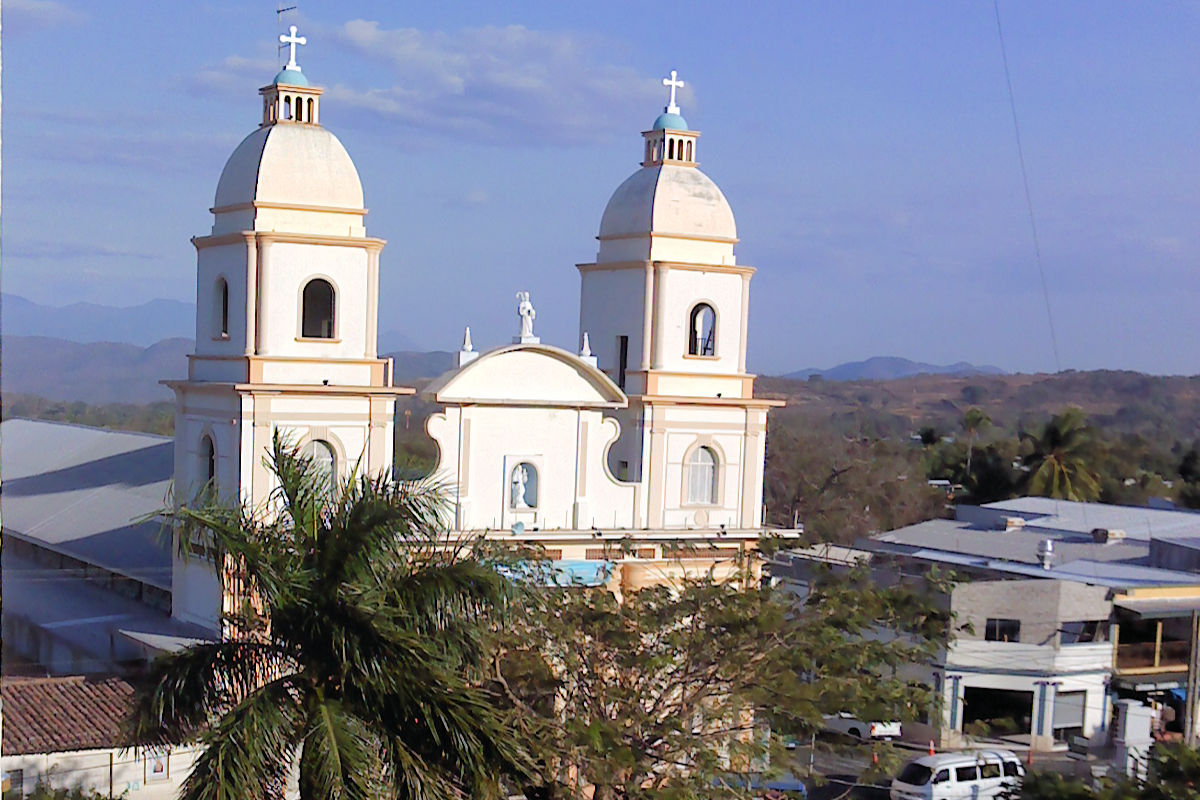
In the higher areas, coffee, corn, sorghum, sugar cane, and vegetables are produced, as well as some fruit trees.
As for the fauna, we can mention in Bosque La Joya up to 150 species of birds have been counted. We will even see iguanas, the most protected species in the place.
Likewise, there is a good cattle and poultry industry, such as turkeys and chickens.
Culture and customs in San Vicente Department
Each department has its traditions, so the most relevant in San Vicente has to do with their religious businesses. On the day of the deceased, they go to the cemeteries to flower the graves of their relatives.

Another deeply rooted custom in the families is abstaining from consuming meat during Lent and decorating the streets with carpets of flowers where the Holy Week processions pass by.
An inherited Catholic tradition is the nine-day prayer, which consists of saying a daily prayer to the deceased.
Festivities and Gastronomy in San Vicente
During December, the Vicentinos celebrate their patron saint festivities in honor of San Vicente Abad and Martyr. These festivities begin on the 13th and culminate on the 31st with the arrival of the New Year.
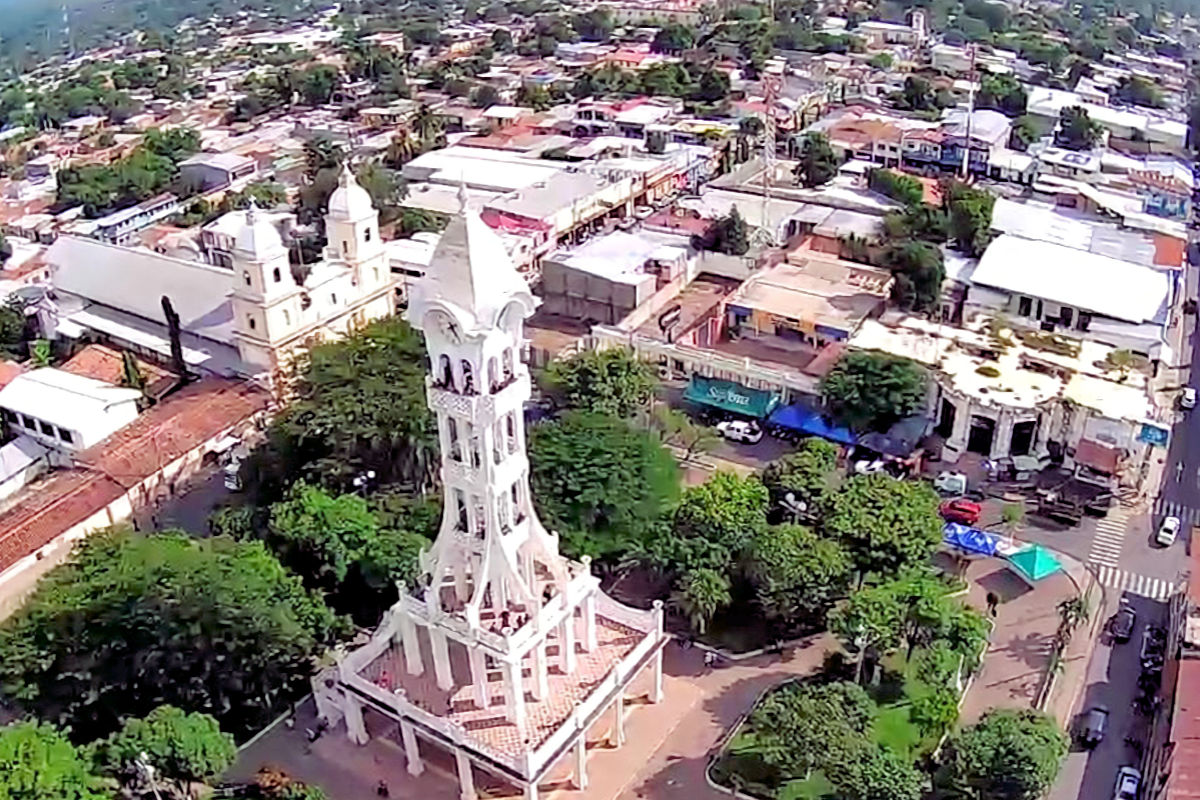
But on December 12 is the procession of the Virgin of Guadalupe, where the girls dress in their traditional costumes, and the boys wear patched clothes and carry a saddlebag.
The succulent gastronomy of the San Vicente Department stood out with the black rice dyed with black bean broth and served with salpicón and curtido. On the other hand, it is very typical to eat stuffed bread, to which chicken, eggs, cucumber, radish, and tomato sauce are added.
To the heat, the best are the minutas, handmade sorbets made with fruits such as mango, blackberry, pineapple, or orange.
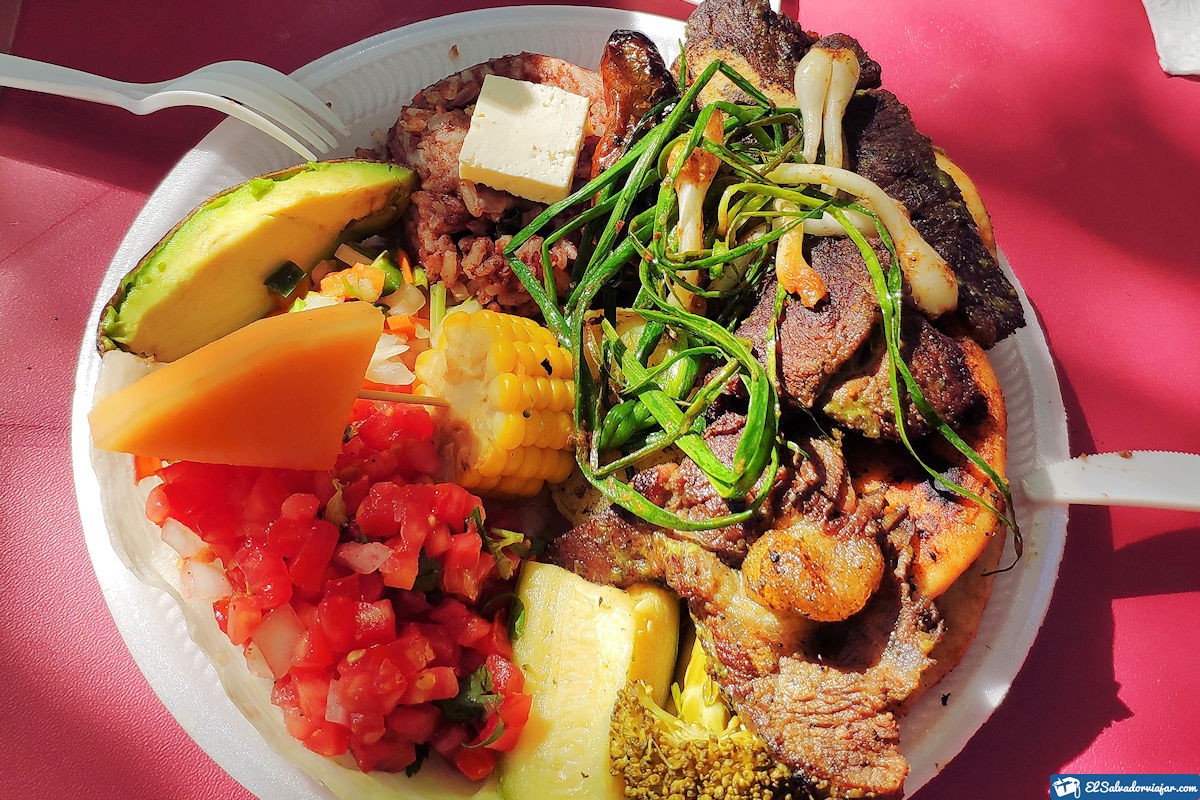
The coffee at 4 p.m. is accompanied by sweet bread or torta de tuza.
On your vacation, be sure to visit the San Vicente Department. This splendid Salvadoran destination will help you reconnect quickly with nature to discover other ways of life and different, genuinely unique geographies.
And don’t forget to bring your camera to take the best snapshots and remember the experiences that this charming piece of land will leave you with.
